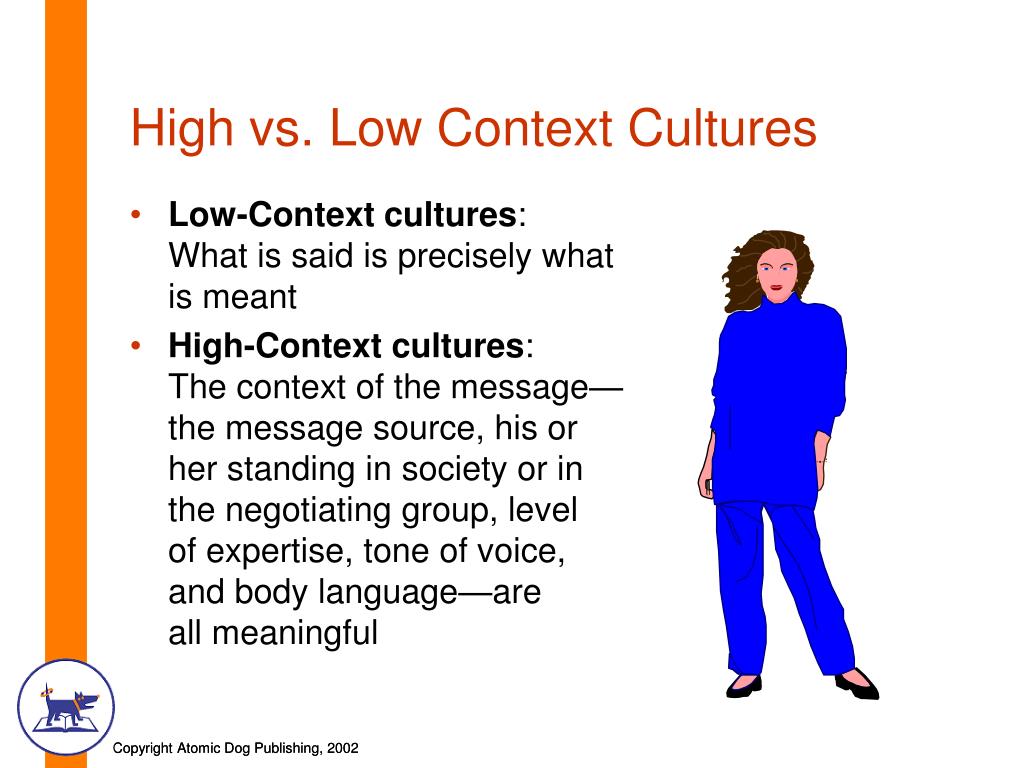
Ruth Baumann received a PROMOS stipend from the University of Münster. The data assessment in Cameroon was partly funded by an Owen Aldis Award (International Society for Human Ethology) to MK. This is an open access article distributed under the terms of the Creative Commons Attribution License, which permits unrestricted use, distribution, and reproduction in any medium, provided the original author and source are credited.ĭata Availability: All relevant data are within the paper and its Supporting Information files.įunding: The data assessment in Cameroon was partly funded by a DAAD fellowship (German Academic Exchange Service) to MK. Received: JAccepted: JPublished: July 16, 2018Ĭopyright: © 2018 Köster et al. Bard, University of Portsmouth, UNITED KINGDOM Furthermore, they raise critical questions about the early origins of cultural specificities in attention and the generalizability of attention phenomena beyond specific tasks and populations.Ĭitation: Köster M, Itakura S, Yovsi R, Kärtner J (2018) Visual attention in 5-year-olds from three different cultures.


These findings substantiate that culture has a profound influence on early cognitive development, already in the preschool years. Across tasks, the visual attention measures were unrelated. Levels of parallel attention and learning from others’ activities were lower in rural Cameroonian children compared to the urban samples. Some tasks indicated higher context-sensitive attention in urban Japan, while other findings indicated higher context-sensitive attention in urban Germany. Attention to and learning from others’ activities was assessed in a parallel action task and a rule-based game. Attention to the elements of a visual scene was assessed in an optical illusion task, in picture descriptions and an eye-tracking paradigm. Here we assessed 144 5-year-old children from three prototypical cultural contexts (urban Germany, rural Cameroon, urban Japan) to investigate variations in attention across a variety of tasks. Regarding the attention to others’ activities, children from subsistence-based farming communities often observe several activities simultaneously, while children from urban Western contexts focus on activities sequentially.

Children from urban Western cultures tend to focus on focal objects, whereas children from urban East-Asian cultures rather attend to contextual elements of a visual scene. Cognitive processes differ markedly between children from different cultures, with best evidence for attention to visual scenes and the activities of others.


 0 kommentar(er)
0 kommentar(er)
